Is there a more confusing, esoteric car company than Honda? One capable of astonishing ambition and technical innovation, yet also of missing industry trends and producing anonymously uninspiring models.
Here’s a firm bold enough to enter Formula 1 just a year after producing its first four-wheeled vehicle, take on Ferrari with the NSX and push hot hatch boundaries with the Civic Type R. It has even built a luxury jet.
Yet it also produces distinctly beige fare such as the Jazz and the e:Ny1, was late to diesel engines and SUVs, and squandered early technical leads in hybrid and even electric vehicles.
In the UK and mainland Europe, Honda is far removed from its mid-2000s peak of more than 100,000 annual sales, eclipsed by ambitious rivals and now lacking the EV range required to push volume in the era of the zero-emission vehicle mandate.
Honda is not alone among Japanese car firms in being hesitant about EVs, but its line-up lacks the truly market-pleasing combustion models that rivals such as Toyota can fall back on.
Honda’s recent EV efforts exemplify its frustratingly uneven approach. The defiantly different Honda E won plaudits for its distinctive design when it was launched in 2020, but the tiny car was doomed by a low range and high price and is already out of production.
It was followed by the e:Ny1, a compact SUV that fails to shine in almost any aspect. In the US, Honda’s only EV, the Prologue, is built by GM on one of the US firm’s platforms as part of a now-canned partnership.

And yet, at a time when numerous rivals with larger EV line-ups are rolling back their ambitious targets, Honda remains committed to selling only battery-electric or hydrogen fuel cell cars by 2040.
Honda’s plans to do so revolve around a new line of at least seven models that will sit on a new bespoke platform, featuring new batteries, new compact electric motors and a focus on efficiency.
Previewed at the start of this year with the radical Saloon concept, the line is called the 0 Series – representing a desire to go back to Honda’s starting point and create new EVs from scratch.
But can Honda realistically expect to go from zero and overhaul rivals currently far ahead of it in EV development in a single model generation?
We put that question to Toshihiro Mibe, the firm’s long-time R&D boss who was named CEO in 2021 as part of a push to return Honda to an engineering focus.
“I don’t think we’re lagging behind when it comes to EVs,” he insists. “We’ve been working on the technology [for EVs] for a long time, but we believe it was not good to increase the number of units when the market has not been profitable and there hasn’t been infrastructure such as charging stations.
“As society is starting to move from the early stage to the widespread adoption stage, the time has come to invest in our EV strategy. It’s not like we don’t have the technology to produce EVs, and we can compete globally with other car makers.”
Basically, while the 0 Series may mark a reset of its EV approach, Honda isn’t throwing out all of its car-making knowledge. “We recognise we are not a top-runner in EVs,” adds Katsushi Inoue, who heads the firm’s Electrification Business Development Unit. “But rather than creating something completely different, we believe that our basic strength in automobiles can also be utilised in EV production.”

Much of the groundwork for Honda’s new-era EVs is being done at the firm’s Automobile R&D Centre in Tochigi, where it is refining new production techniques and approaches that it will introduce on the 0 Series.
The mantra here is ‘thin, light and wise’. What that means in practice is thinner battery packs to allow for vehicles that sit lower yet offer more interior space; are lighter to offer ‘sporty’ handling and increased efficiency; and are wise through the use of software-based platforms to offer connected technology and semi-autonomous driving.
The most visible sign of Honda’s new approach is the vast 6000-tonne megacasting machine that now occupies a large workshop space.
Megacasting moulds large sections of car in a single piece of aluminium.
Honda will initially use it for battery packs, reducing the number of parts required from more than 60 to just five, saving a lot of weight on the car as well as time and complexity in manufacturing. It is, just as significantly, substantially cheaper too.
Megacasting machines are complex, uniting whirring robot arms with thick mould presses that look like the sort of thing Boba Fett would deploy to freeze bounties, so it has taken a lot of work to refine.
With the Tochigi development unit now running, work will soon begin to install six megacasts at a US plant in Ohio, where the 0 Series models will be built.
Honda isn’t alone in developing megacasting – it’s already used by Tesla, and Toyota and Volvo will soon introduce it on production cars – which perhaps explains why it was also keen to highlight other technology as we toured Tochigi.
That included friction stir welding and CDC (constant DC chopping) welding, which fall under the marginal gains mantra of increasing rigidity and efficiency.
The work in Tochigi isn’t just about developing new production methods: Honda is also looking to rethink its production lines, with a new ‘flex cell’ approach – in part to allow combustion-engined and 0 Series models to be produced in the same plant.

The new system essentially breaks the car production process into a number of cells instead of one long line, so that if demand varies it can more easily shift production capacity between different car types.
Doing that requires some complex AI wizardry to plot how autonomous machines can whizz parts and part-assembled cars round the factory floor.
The 0 Series models will start arriving in 2026 with the production version of the Saloon – you can expect a closer preview at CES in January – with a goal for entry-level versions to offer more than 300 miles of range and ‘sporty’ handling.
Just as significant as the hardware is the new software platform: like many car firms, the focus is on software-defined vehicles that can be updated with new functions and features.
Honda is thinking bold – envisaging, for example, a system that lets users put on a VR headset and join their friends for a virtual ride-along.
Of course, Honda isn’t abandoning its roots just yet: thanks to its various divisions, it’s the world’s biggest manufacturer of combustion engines.
Mibe notes Honda’s current hybrid line-up is “doing well”, adding that “we believe this will be our main business until 2030”.
There will also be direct crossover too: the new e-axle that will be used on the front axle of some 0 Series models will be shared with future hybrid Hondas. The company has already confirmed the return of the Prelude as a hybrid-only coupé for Europe.
Another facet of Honda’s future plans has been a string of partnerships with other manufacturers: as well as the now-scrapped US tie-up with GM, there’s Afeela, a 50/50 EV joint venture with Sony.
The cars it produces are tipped to use the same platform as the 0 Series, but Honda denies there will be crossover.
“The interior user interface has been developed using Sony’s technology, so the positioning is different,” says Inoue. He adds that “I think the price will be higher”, but quickly points out that nothing is confirmed or official yet.
However, the most notable partnership is the one with Japanese rivals Nissan and Mitsubishi. Exact details are still being ironed out, but Mibe says joint development has already begun on software and talks are ongoing for collaboration in “various other areas”.
While Honda has generally ploughed its own furrow, it has had a number of alliances in its history – think back to its sometime tie-up with Rover – and the recent moves show just how serious the firm is about accelerating development in new technology areas.
Of course, unlike many car firms Honda isn’t just working on electrification in a single space. It remains a huge motorbike manufacturer, and also builds power products, generators, lawnmowers, robots and even luxury jets.

So its plan involves developing a mobile power pack (a swappable battery) for use by electric motorbikes and ‘mini-EVs’ – likely to mean quadricycles or vehicles that fall under Japan’s kei car rules.
“We are aiming to be carbon-neutral as a company by 2050, so we will introduce carbon-neutral technology not only to cars but also motorcycles and power products,” says Mibe.
As is often the case, China is a different story: Honda is aiming to become EV-only there by 2035, and will launch 10 EVs – mostly bespoke to that country – by 2027.
The brand remains strong in its homeland of Japan and the US, so beyond electrification its big challenge in the coming years will be trying to restore its footing in the European market.
In recent years Honda has struggled with exchange rate fluctuations (a key factor in the firm’s decisions to shutter its European factories in Swindon and Turkey), a line-up focused on the US and Japan, and being caught flat-footed by the shift away from diesel.
But despite no longer having a manufacturing presence here, Mibe insists that “car culture is mainstream in Europe, and there will be no withdrawal from sales”.
The firm insists the 0 Series has been developed with an eye on Europe, and not just in terms of powertrain.
With the company not intending to offer all seven planned cars in each market, that could create room for more European-flavoured machinery.
“We want to release a car that can compete in Europe,” says Mibe. “Although we ceased production in Europe due to changes in the market, I believe there will continue to be opportunities there. We aim to shine in Europe again in the future.”
Regardless of its experience, Honda is playing catch-up in the EV world, and now faces far stiffer and more varied competition than when it first shook up the market in the 1980s.
So can the firm reassert itself? It will certainly be tough – but not quite an impossible dream.
This is a company, after all, that went from not making cars to winning F1 grands prix in just two years, and has a history of developing truly pioneering game-changers.
Perhaps Honda is at its best when innovation is forced upon it.

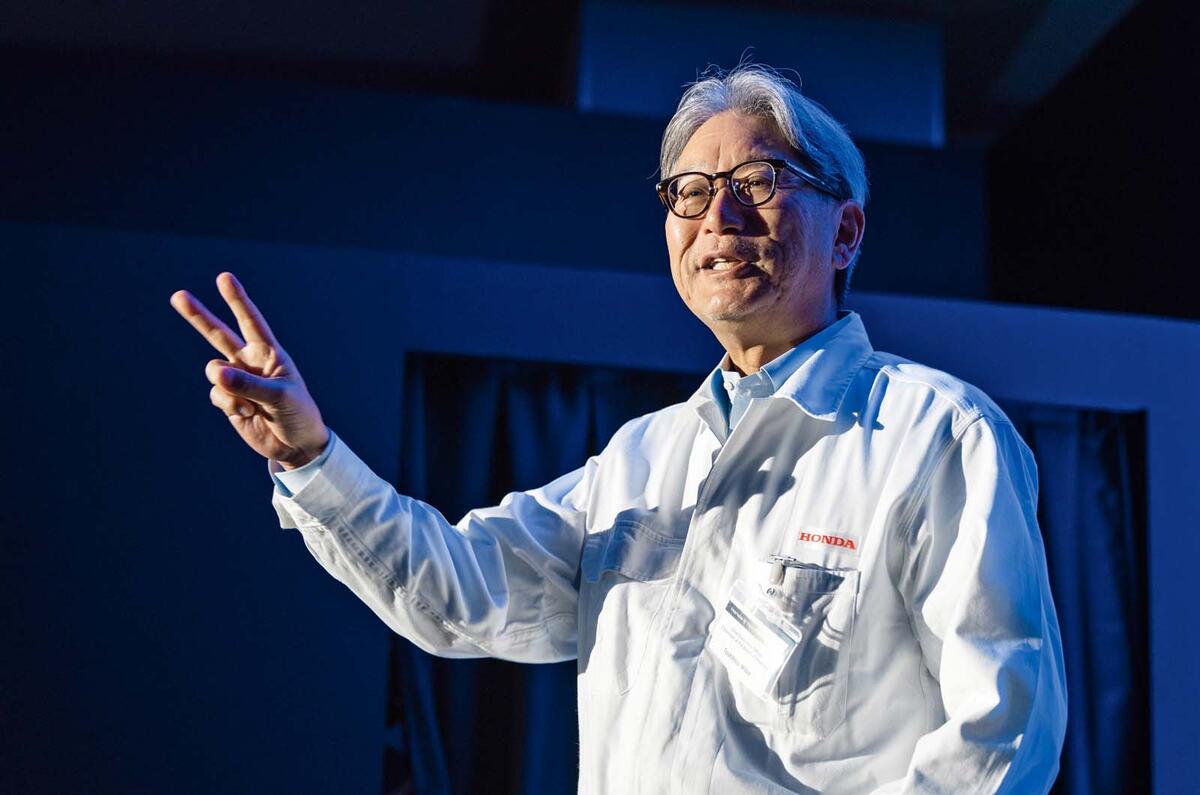
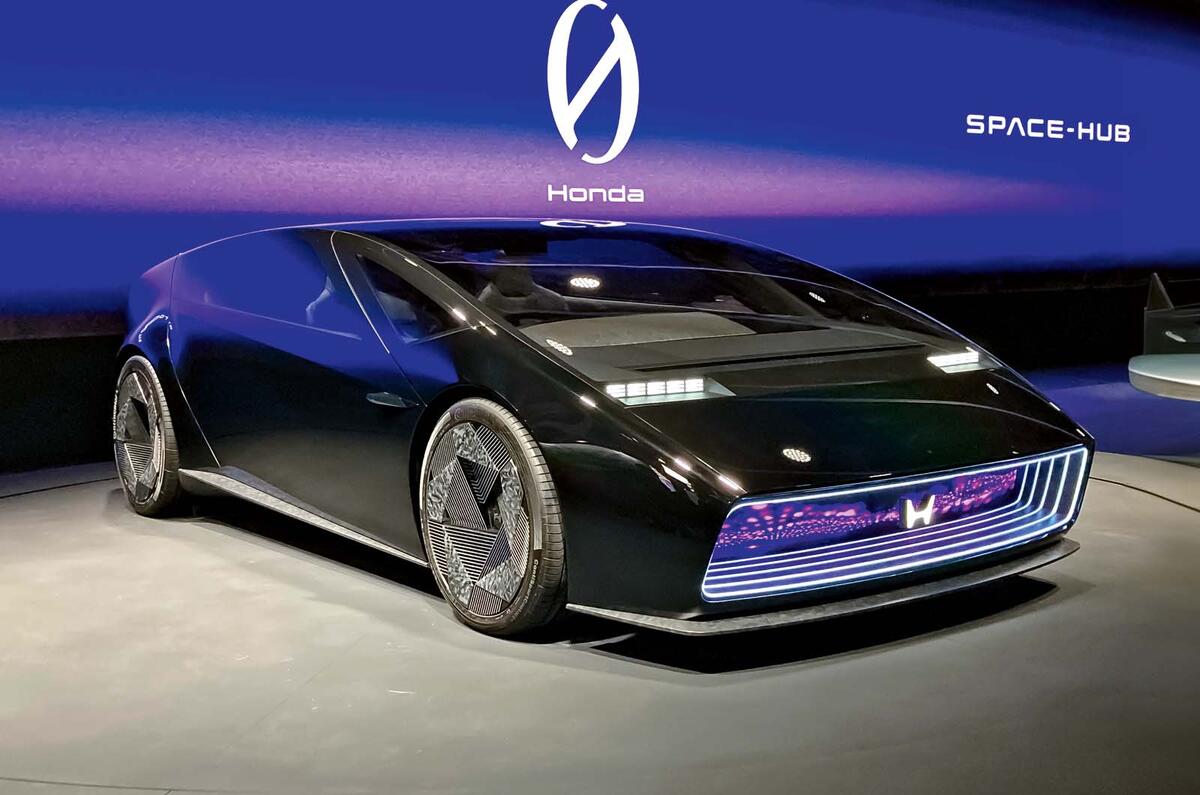
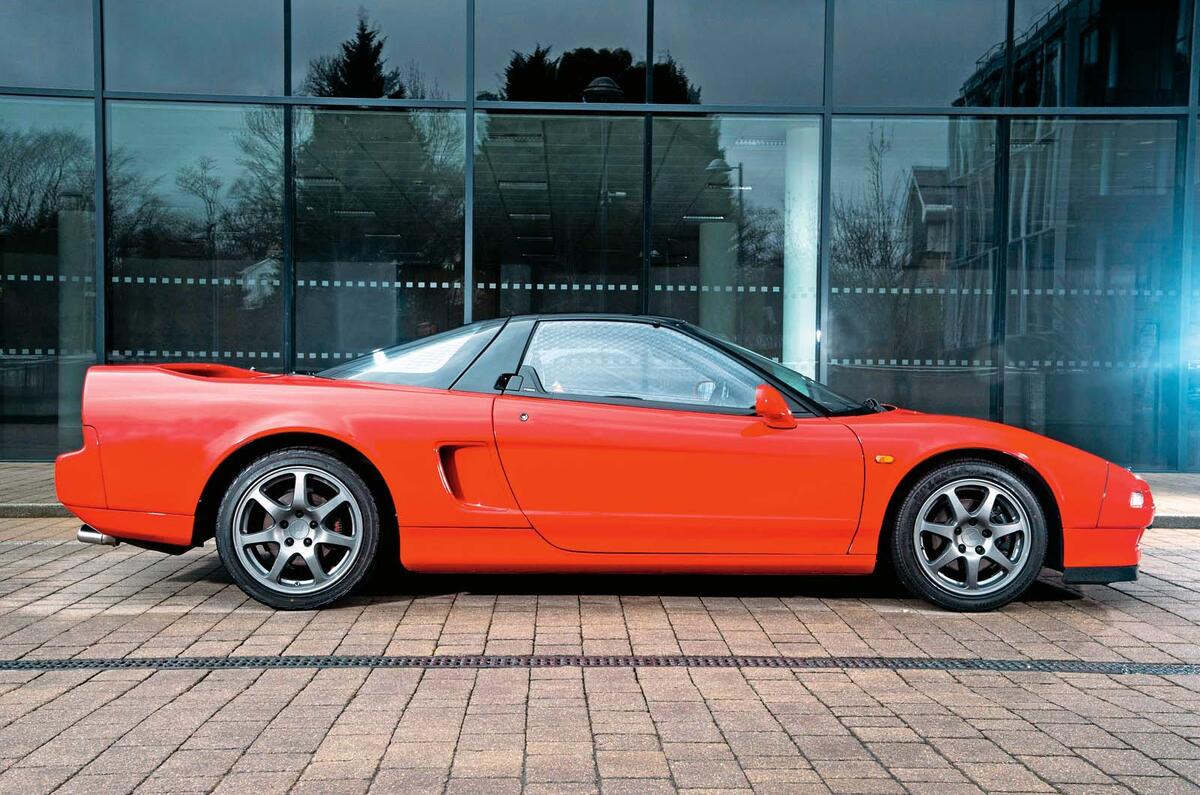
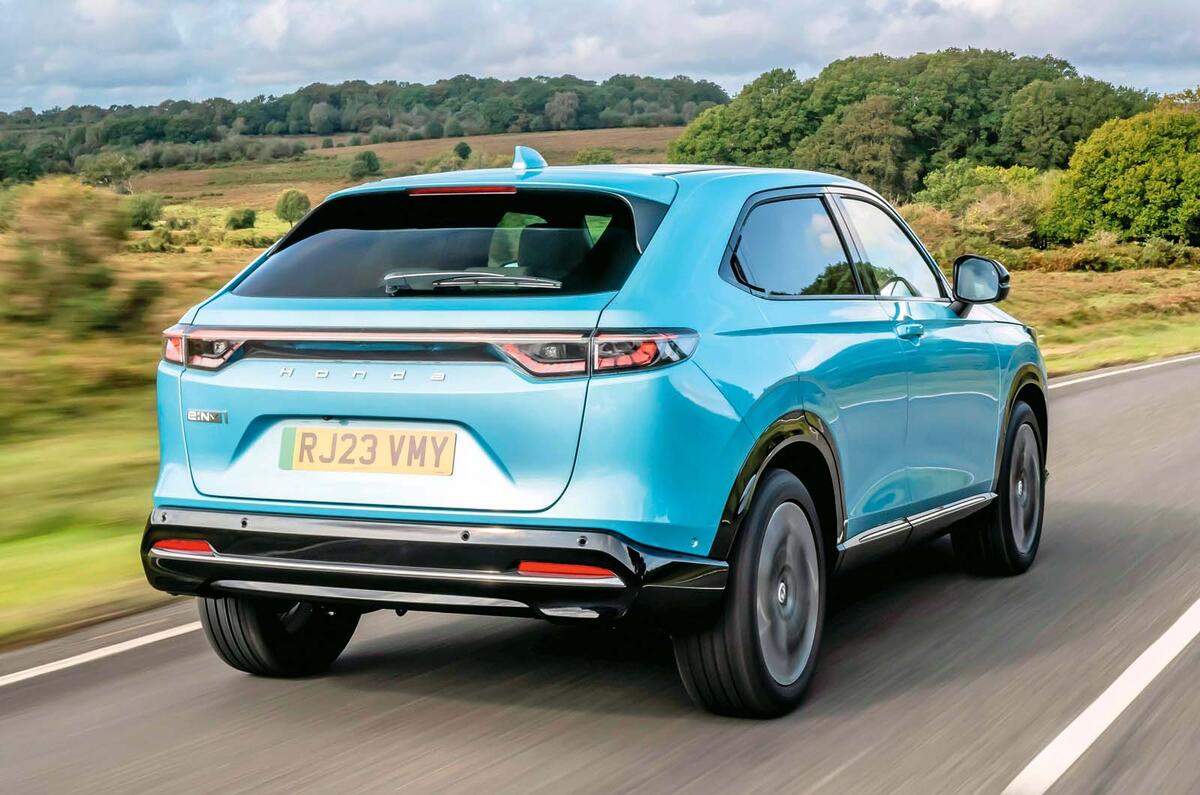
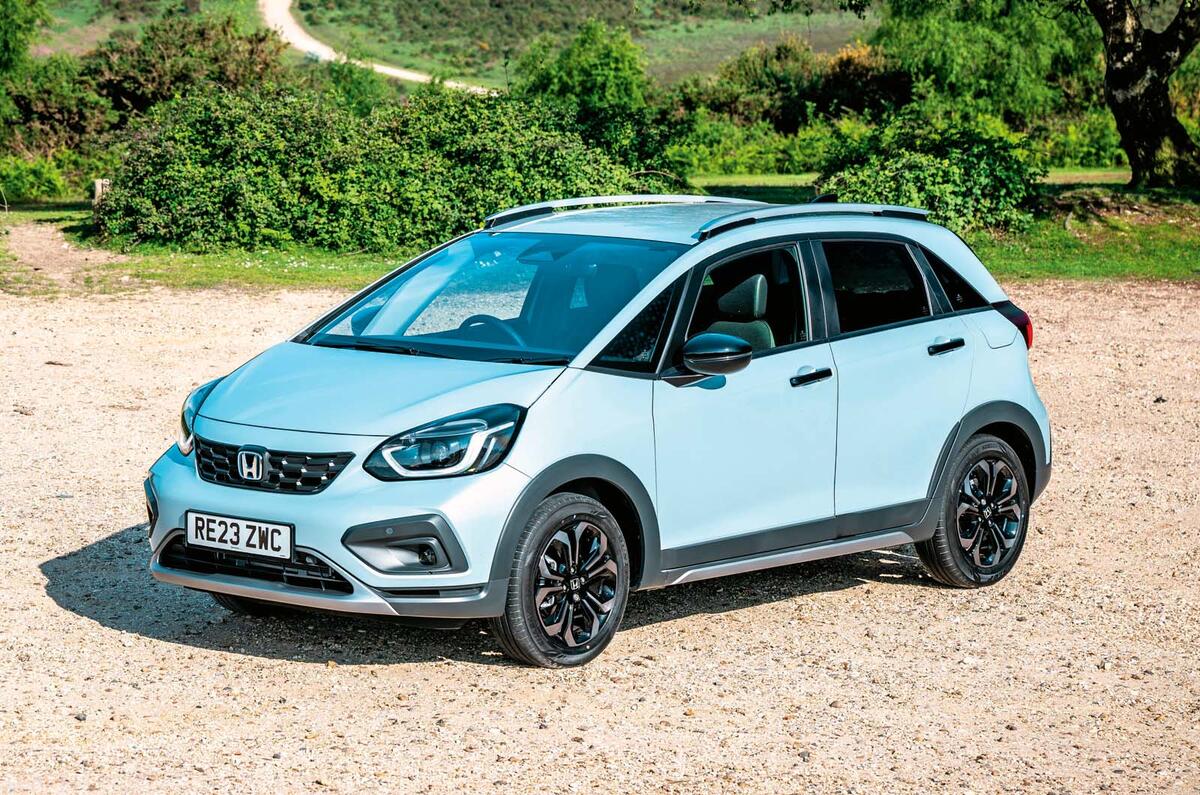
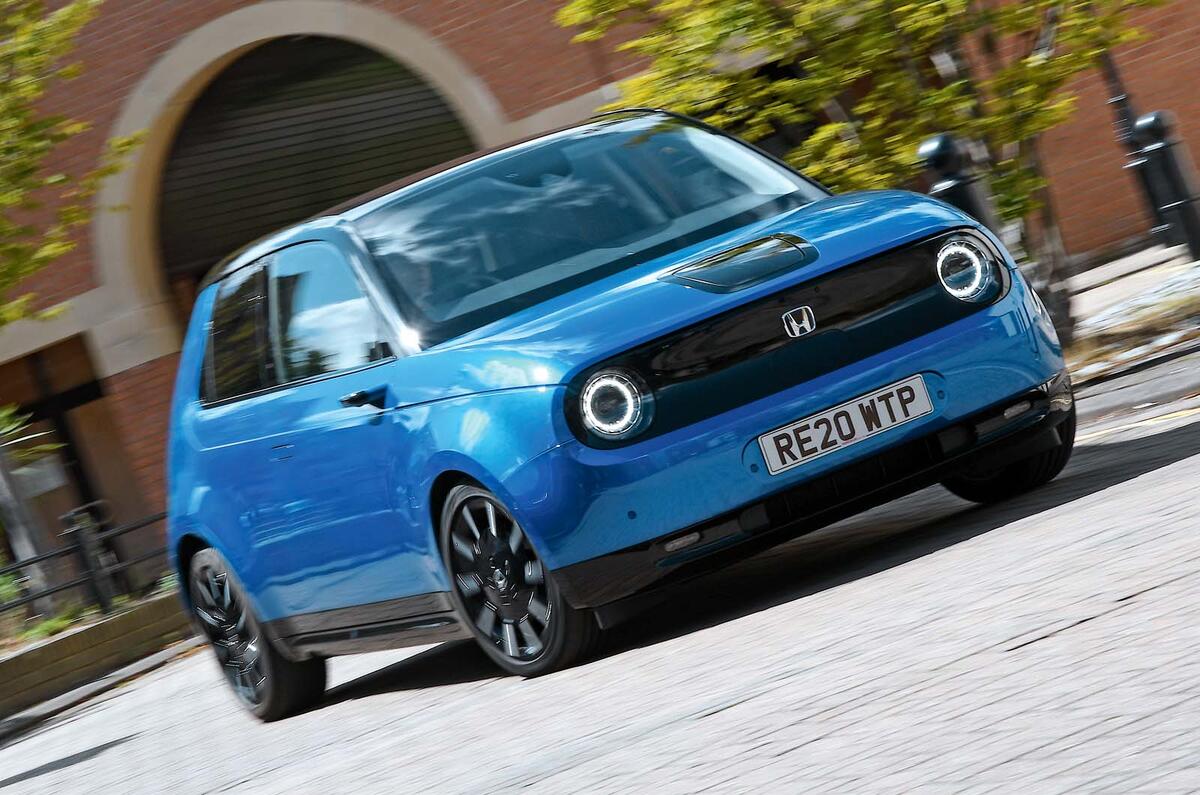
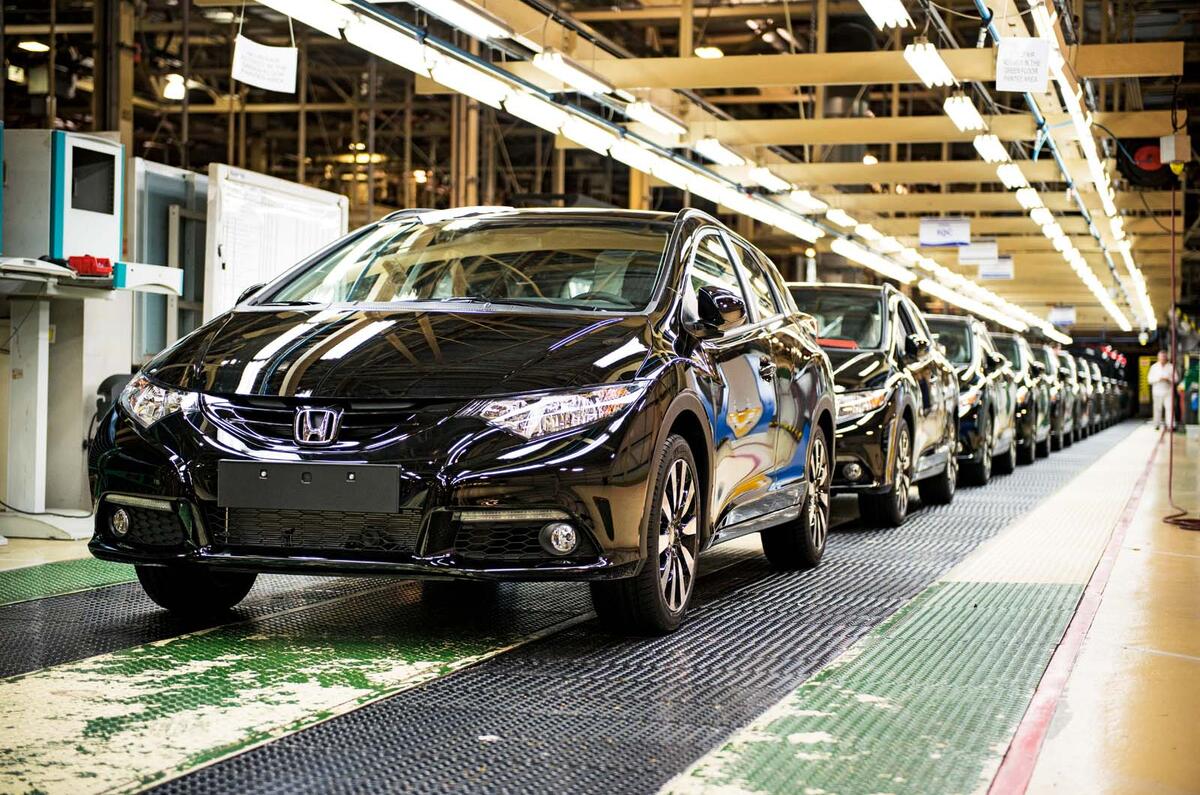
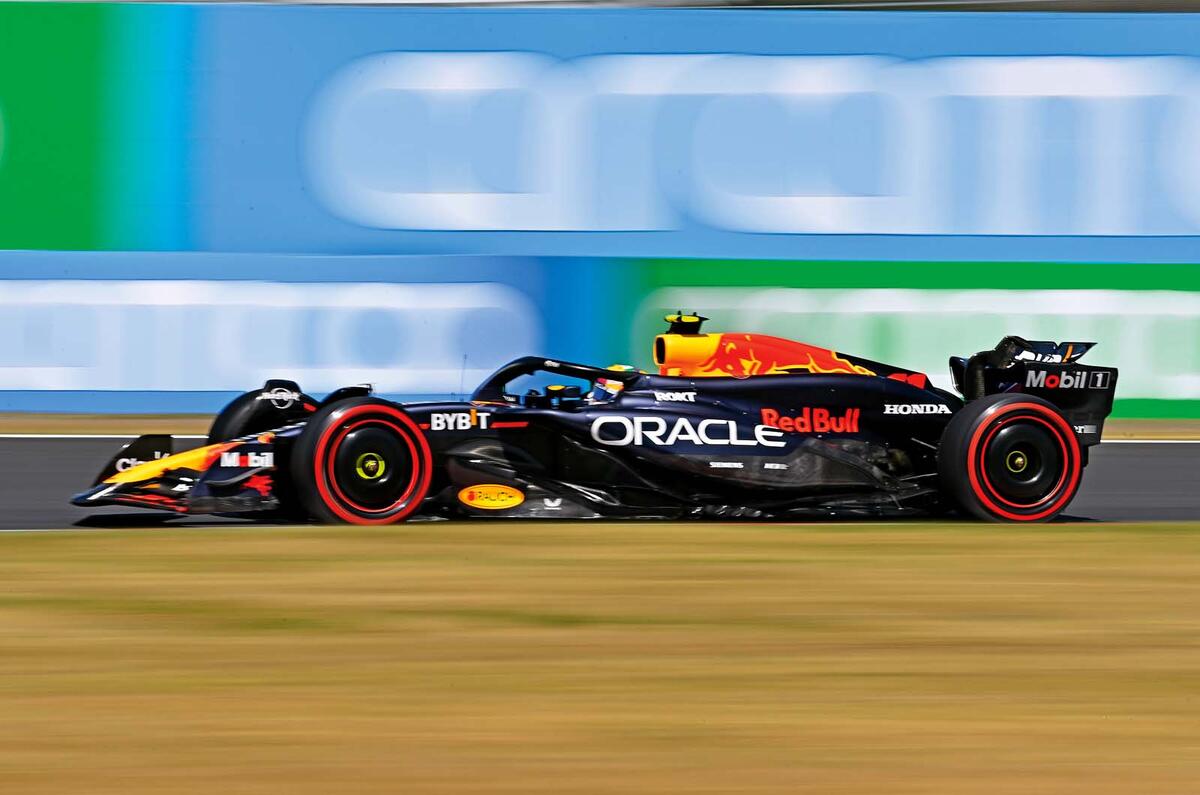
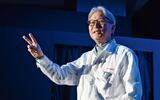
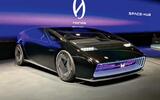
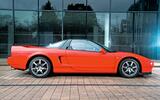
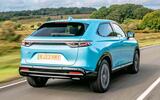
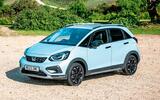
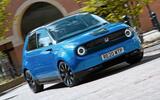
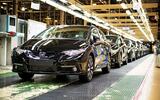
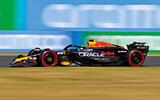








Join the debate
Add your comment
Like Toyota, you'd be a fool to bet against Honda in the long run.
If Toyota don't stop messing around and release a decent EV soon, they'll be gone. They already have more debt than any other car company and if the whole of Europe and China aren't buying their cars they'll be toast.
Huge debt but also huge revenue, huge profits, and a lot of cash. I think they'll be around for a long time.
There isn't a single Honda car which interests me in the slightest.